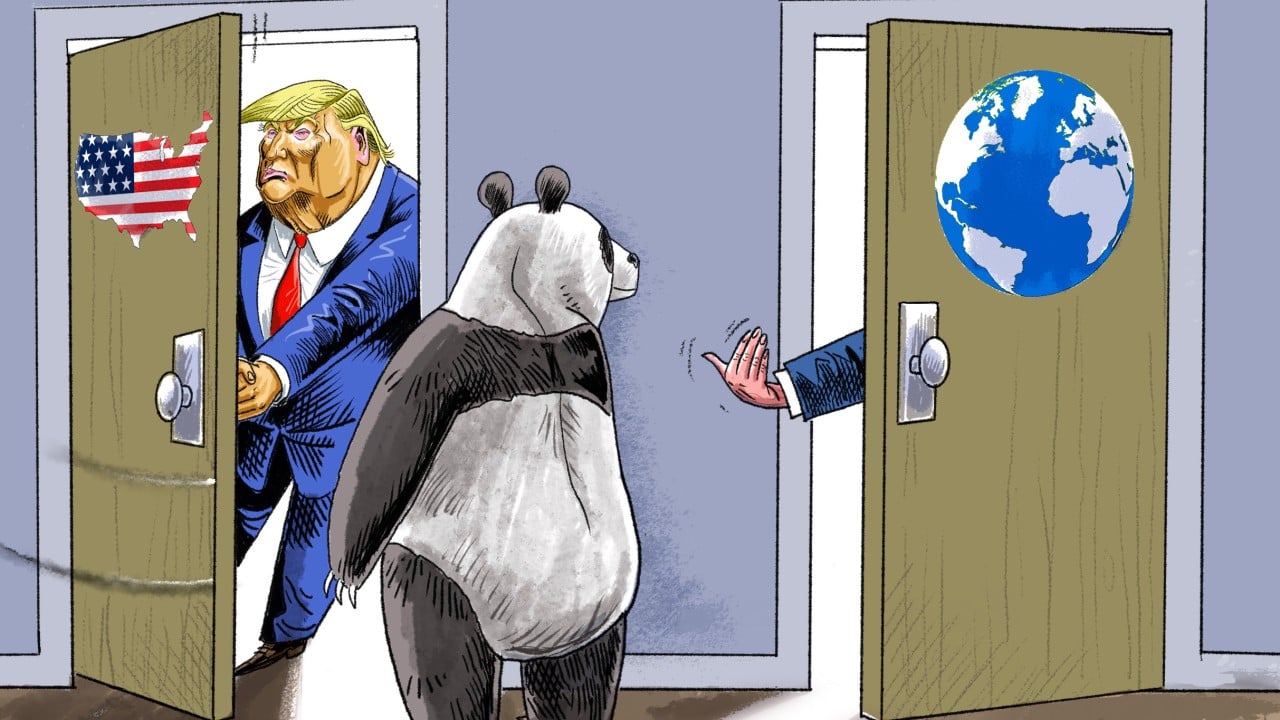The United States is gradually closing its doors by reducing its trade with China. However, Chinese President Xi Jinping stressed in his speech at the Asia-Pacific Economic Cooperation summit in Lima, Peru, that China would “open its door even wider to the world”.
Advertisement
This declaration suggests a proactive strategy is under way to counteract US protectionist measures. To offset the potential loss in exports to the US, China needs to take immediate steps to become more self-sufficient and diversify its trading partners beyond the West.
Even before Donald Trump returns to the White House as president in January 2025, the writing is on the wall that the trade war against China will escalate further. While it’s unclear what Trump’s next set of trade policies will be, he promised on the campaign trail to impose tariffs of 60 per cent or more on Chinese imports.
It is highly probable that the threat of more tariffs on Chinese imports will be realised due to bipartisan support on Capitol Hill. John Moolenaar – chairman of the US House of Representatives’ select committee on China – introduced the Restoring Trade Fairness Act earlier this month. This bill would end China’s permanent normal trade relations status. Revoking China’s PNTR status would increase tariffs, upending a decades-long period of free trade that has shaped the global economy.
The Republican Party will soon have control of not only the White House but also the Senate and the House of Representatives. Senator Marco Rubio is likely to be confirmed as the next US secretary of state. He has advocated ending normal trade relations with China.
To sustain economic growth, China has various tools at its disposal. First, China can keep up its efforts to enhance agricultural productivity, reduce waste and diversify crops to achieve self-sufficiency in feeding its population. To deal with the decline in arable land and agricultural water resources, China can leverage drone technology that would help farmers produce more using less land and water.
Advertisement


